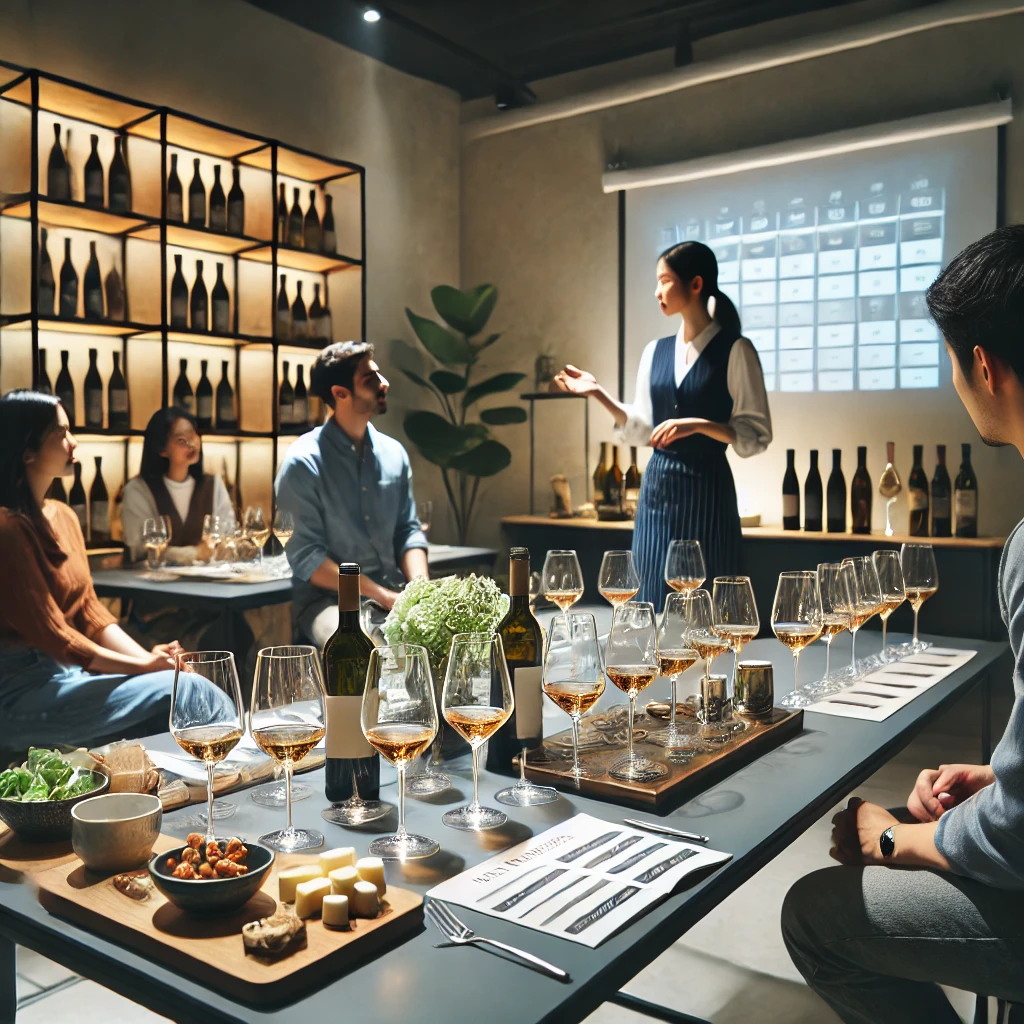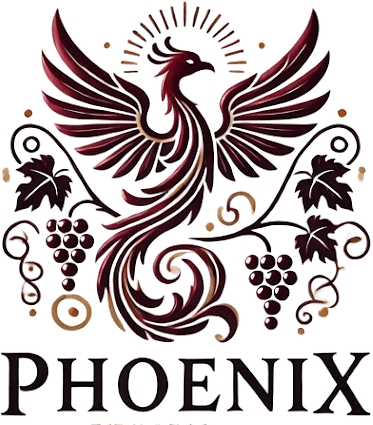The 5 Key Elements of a Perfect Wine Tasting Experience

Introduction:
Hosting or attending a wine tasting can be both enjoyable and educational. To make the most of the experience, it’s essential to focus on five key elements that define a successful tasting. Whether you’re organizing your first event or participating in a professional session, this guide will help you elevate your wine-tasting game.
1. Create the Right Atmosphere
The ambiance matters. Opt for soft lighting, a clean table setting, and a quiet environment to minimize distractions. Add tasting sheets and pens so participants can jot down their impressions.
2. Choose a Diverse Selection of Wines
Include a variety of wines to showcase different styles, regions, and grape varieties. A mix of red, white, sparkling, and dessert wines provides a well-rounded experience. Arrange the tasting in order, starting with lighter wines and progressing to bolder flavors.
3. Incorporate Perfect Pairings
Pairing wines with complementary foods enhances the experience. Offer a selection of cheeses, nuts, fruits, and chocolates to highlight the nuances of each wine. Be sure to explain why certain pairings work well together.
4. Encourage the Use of All Senses
Guide participants to observe the wine’s appearance, inhale its aromas, and savor its flavors. Discuss its body, acidity, tannins, and finish. Encourage questions and comparisons to foster a deeper understanding.
5. Foster an Interactive Experience
A great wine tasting is interactive. Share fun facts about the wines, their regions, or the winemaking process. Create opportunities for participants to discuss their preferences and ask questions.
Conclusion:
A well-planned wine tasting is more than just sipping wine—it’s a sensory journey that deepens your appreciation for the art of winemaking. By focusing on these key elements, you can create memorable experiences that delight both novices and connoisseurs.

This is the heading
Lorem ipsum dolor sit amet, consectetur adipiscing elit. Ut elit tellus, luctus nec ullamcorper mattis, pulvinar dapibus leo.
